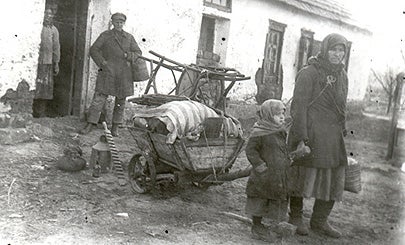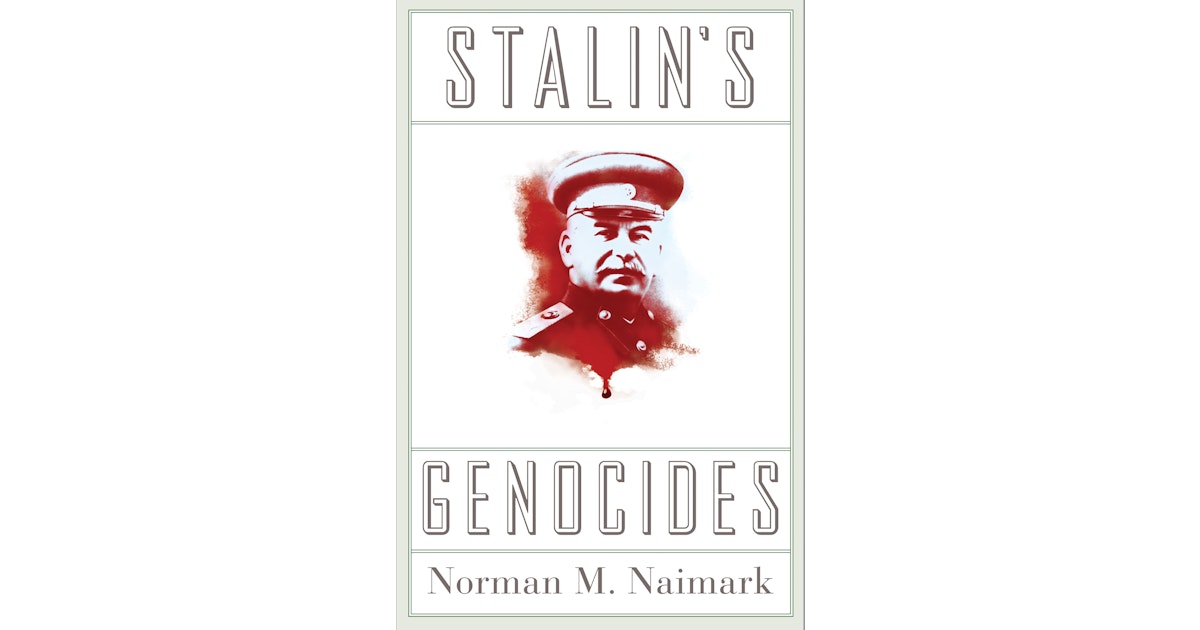Litwin
Diamond Member
I do 100% agree with Stanford history Professor Norman Naimar , Stalin (and stalinism ) must get his place on the bottom of human history. side by side with Ivan The Terrible, Hitler and Pol Pot.
"public opinion has been kinder to Stalin than Hitler. But one historian looks at Stalin's mass killings and urges that the definition of genocide be widened.
Naimark argues that that the narrow definition of genocide is the dictator’s unacknowledged legacy to us today.
Accounts “gloss over the genocidal character of the Soviet regime in the 1930s, which killed systematically rather than episodically,” said Naimark. In the process of collectivization, for example, 30,000 kulaks were killed directly, mostly shot on the spot. About 2 million were forcibly deported to the Far North and Siberia.
They were called “enemies of the people,” as well as swine, dogs, cockroaches, scum, vermin, filth, garbage, half animals, apes. Activists promoted murderous slogans: “We will exile the kulak by the thousand when necessary – shoot the kulak breed.” “We will make soap of kulaks.” “Our class enemies must be wiped off the face of the earth.”
One Soviet report noted that gangs “drove the dekulakized naked in the streets, beat them, organized drinking bouts in their houses, shot over their heads, forced them to dig their own graves, undressed women and searched them, stole valuables, money, etc.... Stalin may have had another genocide in his crosshairs. We’ll never know whether the concocted conspiracy of Jewish Kremlin doctors in 1952 would have resulted in the internal exile of the entire Jewish population. Whatever plans existed ended abruptly with Stalin’s death in March 1953, as rumors of Jewish deportations were swirling. ”

 news.stanford.edu
news.stanford.edu

"public opinion has been kinder to Stalin than Hitler. But one historian looks at Stalin's mass killings and urges that the definition of genocide be widened.
Naimark argues that that the narrow definition of genocide is the dictator’s unacknowledged legacy to us today.
Accounts “gloss over the genocidal character of the Soviet regime in the 1930s, which killed systematically rather than episodically,” said Naimark. In the process of collectivization, for example, 30,000 kulaks were killed directly, mostly shot on the spot. About 2 million were forcibly deported to the Far North and Siberia.
They were called “enemies of the people,” as well as swine, dogs, cockroaches, scum, vermin, filth, garbage, half animals, apes. Activists promoted murderous slogans: “We will exile the kulak by the thousand when necessary – shoot the kulak breed.” “We will make soap of kulaks.” “Our class enemies must be wiped off the face of the earth.”
One Soviet report noted that gangs “drove the dekulakized naked in the streets, beat them, organized drinking bouts in their houses, shot over their heads, forced them to dig their own graves, undressed women and searched them, stole valuables, money, etc.... Stalin may have had another genocide in his crosshairs. We’ll never know whether the concocted conspiracy of Jewish Kremlin doctors in 1952 would have resulted in the internal exile of the entire Jewish population. Whatever plans existed ended abruptly with Stalin’s death in March 1953, as rumors of Jewish deportations were swirling. ”

Stalin killed millions. A Stanford historian answers the question, was it genocide?
When it comes to use of the word “genocide,” public opinion has been kinder to Stalin than Hitler. But one historian looks at Stalin’s mass killings and urges that the definition of genocide be widened.
